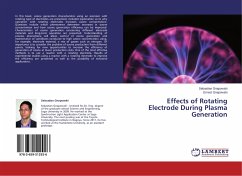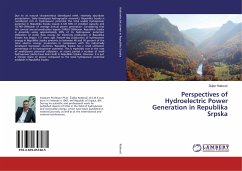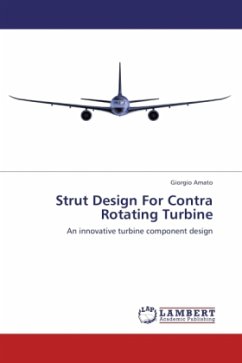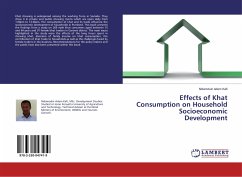In this book, ozone generation characteristics using an ozonizer with rotating type of electrodes are presented, included explanation as to why operation with rotating electrodes increases ozone concentration. Questions include which phenomena determine increases in ozone concentration and how ozone generation efficiency can be improved. Characteristics of ozone generation concerning different electrode materials and long-term operation are presented. Understanding of process phenomena will allow control of ozone generation and maintenance of conditions conducive to high ozone concentration using, for example, electrode material, a mix of gasses such as nitrogen. Of importance is to consider the problem of ozone production from different points, looking for new opportunities to increase the efficiency of generation of ozone at lower production costs. One of the most effective methods is to use a reactor with a rotating electrode. Results of experimental studies using a reactor with a rotating electrode to improve the efficiency are presented as well as the possibility of industrial applications.
Bitte wählen Sie Ihr Anliegen aus.
Rechnungen
Retourenschein anfordern
Bestellstatus
Storno








